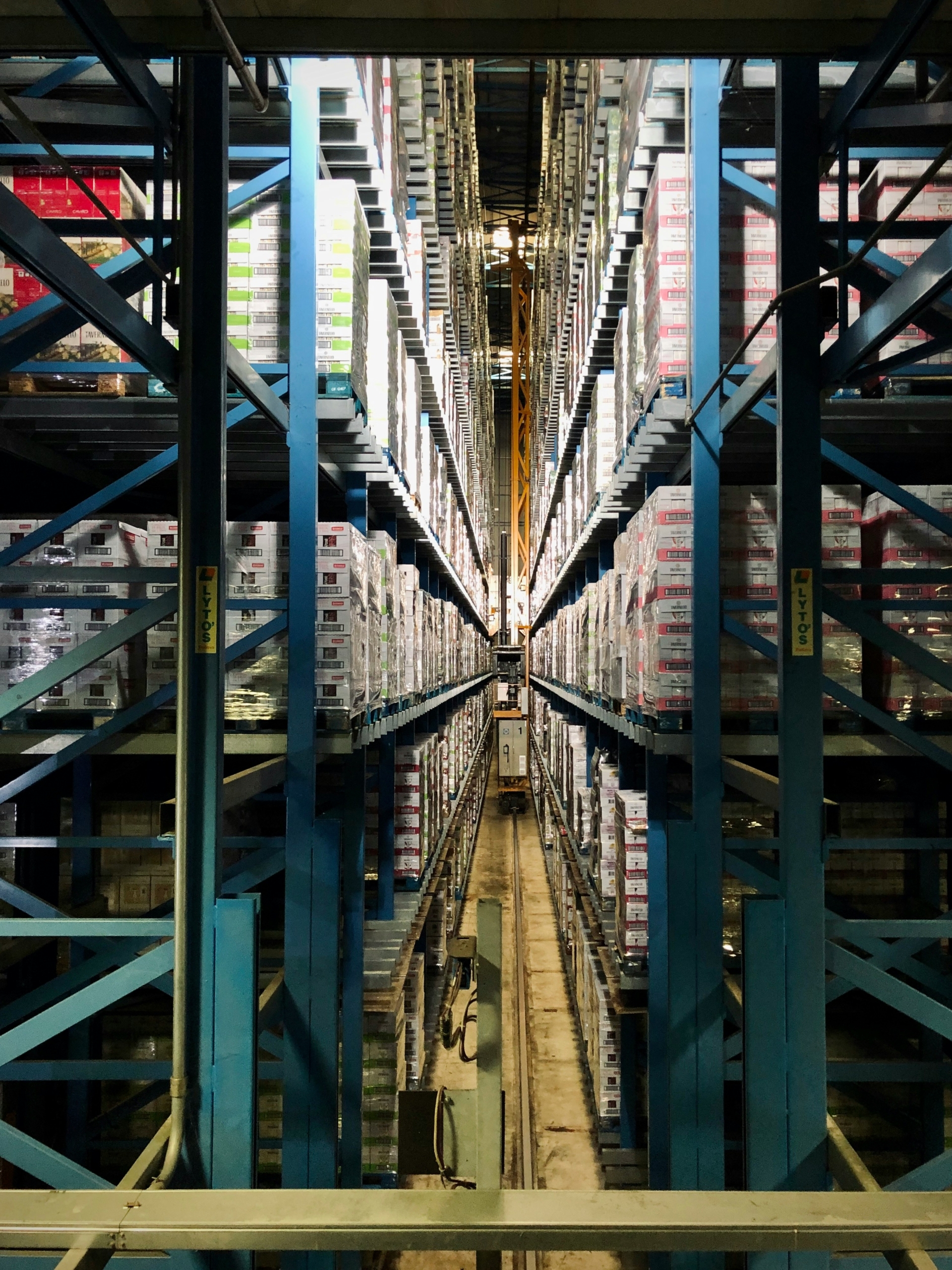Understanding Pallet Regulations
In the world of international shipping, compliance with pallet regulations is essential for smooth and efficient operations. Pallets are a key component in global logistics, providing a standardized method for transporting goods. However, different countries have specific regulations regarding pallet materials, treatment, and labeling to prevent the spread of pests and diseases. Understanding and adhering to these regulations is critical to avoid delays, fines, and potential rejections of shipments.
Importance of ISPM 15 Compliance
What is ISPM 15?
The International Standards for Phytosanitary Measures No. 15 (ISPM 15) is a set of guidelines developed by the International Plant Protection Convention (IPPC) to prevent the international spread of pests through wooden packaging materials. ISPM 15 applies to all wooden pallets, crates, dunnage, and other packaging used in international trade. Compliance involves treating the wood to eliminate pests and marking it with an official ISPM 15 stamp.
Treatment Methods
There are two primary methods for treating wooden pallets (see Alliance Packing and Shipping INC) to comply with ISPM 15: heat treatment (HT) and methyl bromide fumigation (MB). Heat treatment involves heating the wood to a core temperature of at least 56 degrees Celsius for a minimum of 30 minutes. Methyl bromide fumigation requires exposing the wood to the fumigant for a specified period. Both methods effectively eliminate pests, ensuring the pallets are safe for international transport.
Proper Marking and Documentation
The ISPM 15 Stamp
Each compliant pallet must be marked with the ISPM 15 stamp, which includes specific information such as the IPPC symbol, country code, treatment code (HT or MB), and the producer’s license number. This stamp certifies that the pallet has been treated according to international standards, making it acceptable for entry into any participating country.
Essential Documentation
Accurate and thorough documentation is crucial in international shipping. Along with the ISPM 15 stamp, shippers must provide certificates of treatment and any other relevant phytosanitary certificates required by the destination country. Maintaining organized records of these documents helps ensure quick and hassle-free customs clearance.
Choosing the Right Pallets
Wood vs. Plastic Pallets
While wooden pallets are the most common type used in shipping, plastic pallets are gaining popularity due to their durability and ease of compliance with international regulations. Plastic pallets do not require ISPM 15 treatment, as they are not susceptible to pests. Additionally, they are often lighter and more durable than wood, potentially reducing shipping costs and the risk of damage during transit.
Quality and Inspection
Selecting high-quality pallets is essential for maintaining compliance and ensuring the safe transport of goods. Regularly inspecting pallets for damage, wear, and proper treatment marks can prevent issues during shipping. Working with reputable suppliers who provide certified and compliant pallets can further ensure that your shipments meet all regulatory requirements.
Staying Updated with Regulations
Monitoring Changes
International shipping regulations can change, and staying informed about the latest updates is vital. Subscribing to industry newsletters, participating in trade associations, and maintaining communication with logistics partners can help you stay current with any changes in pallet regulations and other shipping requirements.
Partnering with Experts
Collaborating with freight forwarders, customs brokers, and other logistics professionals who have expertise in international shipping regulations can streamline the compliance process. These experts can provide valuable guidance on regulatory changes, documentation requirements, and best practices for ensuring that your shipments meet all necessary standards.
Conclusion
Ensuring compliance with pallet regulations is a fundamental aspect of international shipping. By understanding and adhering to ISPM 15 guidelines, properly marking and documenting pallets, choosing the right materials, and staying updated with regulatory changes, businesses can avoid disruptions and ensure the smooth transport of their goods across borders. Embracing these practices not only enhances the efficiency of shipping operations but also contributes to global efforts in preventing the spread of pests and maintaining the integrity of international trade.

